If you play guitar, bass or ukulele then today’s review item should be of interest. Tuning one’s instrument can be simple for those with perfect pitch hearing while others such as myself need some external assistance via a tuner. Korg has released a series of tuners for guitar, bass or ukulele dubbed the headtune.
This lightweight, portable tuner uses LEDs to helo identify the proper tuning for one’s instrument. The headtune fits easily on one’s guitar, bass, or ukulele’s headstock. The Korg headtune‘s display can be angled for optimal visibility with a range of 120°.
The headtune has a shape that matches with the most common guitar, bass and ukulele headstocks. Korg offers two models for guitar (one for each type of headstock layout) and one type for bass and ukulele.
For todays review we will check out the HT-G2 which is one of the guitar tuner models.
The Korg headtune comes in a plastic and cardboard package with the tuner visualized in the front. On the back is a listing of features in five languages.
Opening the package we find the tuner, instruction manual and lithium battery.
The HT-G2 model measures 2.13 x 0.94 x 1.38 inches and weighs 0.63 oz. It is a chocolate brown color with silver and beige markings for the six open guitar string notes. The tuner is divided down the middle with a series of LEDs for tuning each string. On the left side are LEDs for the E, A and D strings, while the right side has LEDs for the G, B and high E strings.
At the bottom by both E string LEDs is the 120 degree pivot which attaches to the battery and clip portions. On the back of the tuner we find the power button. The battery section slides out to the right and fits the included coin size lithium battery.
The headtune’s clip design is almost identical to the Korg PitchClip. The clip opens a little wider than one inch allowing the headtune to clip onto most guitars.
Specifications and Features
Clip-On Tuner for Guitar / Clip-On Tuner for Bass / Clip-On Tuner for Ukulele
The tuner that’s shaped like a headstock
The ideal clip-on guitar/bass/ukulele tuner for beginners
The headtune is a clip-on tuner with a unique design that’s based on the shape of a guitar, bass, or ukulele headstock. With the headtune attached to the headstock of your instrument, play a single note on the string that you want to tune. Two indicators will illuminate: the string indicator LED will show the peg position, and the LED meter will indicate the tuning of that note. This makes it obvious which peg needs to be adjusted. You can choose from a lineup consisting of four models: two models that are suitable for standard guitar headstocks, a model for bass, and a model for ukulele. With the innovation and precision you expect from Korg, the headtune makes tuning easy!
Highlights:
- Clip-on tuner shaped like your instrument’s headstock
- New compact, lightweight and discreet design
- Wide viewing angle and LEDs for excellent visibility
- Highly stable clip attaches firmly to the headstock
- Auto Power-Off feature extends battery life
The headtune is designed with a shape that matches the headstock of typical guitars, basses, and ukuleles. When you play a single note, the built-in piezo pickup will instantly detect the pitch of the vibrating string. Two types of LEDs will light up: a string indicator LED, to indicate the peg location, and an LED meter to indicate the pitch. This makes it obvious which peg you should adjust and how it should be adjusted.
Since you can tune your instrument even if you don’t remember the note names of each open string, this makes using the headtune especially easy for beginners*. The HT-U1 is the ukulele model, which also detects “Low-G tuning” with the “G” (fourth string) tuned one octave down, supporting solo performances that cover a wide pitch range.
*To check the note name, please refer to the alphabetical character located beside the string indicator LED.
Compact and lightweight body for easy portability
The headtune features an extremely compact and lightweight body that easily fits into the pocket of your guitar case for effortless transportation.
Specifications
Scale: 12 equal tempered chromatic steps (A4=440Hz)
Detection range (sine wave):
Guitar : E2 (82.41Hz) – E7 (2637.03Hz)
Bass : E1 (41.20Hz) – G6 (1567.98Hz)
Ukulele (compatible with standard G, C, E and A tuning) : G3 (196.00Hz) – A7 (3520.00Hz)
Precision: +/-1 cent
Power supply: Coin-type lithium battery (CR2032) x 1
Battery life: Approximately 35 hours (continuous A4 input)
Dimensions (W x D x H):
2.13 x 1.02 x 1.38 inches; 54 x 26 x 35 mm [HT-G1/B1] 2.13 x 0.94 x 1.38 inches; 54 x 24 x 35 mm [HT-G2/U1]
Weight: 0.63 oz. / 18 g (including battery)
Accessories: Owner’s manual, Coin-type lithium battery (CR2032) x 1 for verifying functionality
Price: $19.99 (from Amazon at time of review)
Using the headtune is simple; attach the tuner to the headstock of your guitar, bass or ukulele then adjust the display angle to provide the best visibility. The clip is wide enough to accommodate every size guitar/bass or ukulele. Korg does not recommend keeping the headtune in position for extended periods of time as it may damage the instrument’s finish.
Next press the power button to turn on the unit. Now play a single tone with the string you want to tune.
The indicator light on the headtune should illuminate once the string you are tuning is at the correct pitch. Continue tuning the string until the center LED light turns green. The left side of the LED meter will light up if your instrument is flat while the right side will light up if your instrument is sharp.
To turn off the device pressed the power button again. Alternatively if no sound is detected after 10 minutes then the headtune will automatically shut off. The clip protects the power button when in the neutral position thus keeping the headtune from being accidently powered on.
The Korg headtune works via a built-in piezo pickup, which picks up the pitch of the vibrating string. This means the tuner needs to bee attached to the instrument to function properly.
One thing I did notice was that fingerprints are easily captured on the headtune’s display.
Overall tuning my guitar with the headtune was a very simple process.
Conclusion
The Korg headtune is an ideal tuner for beginners as the layout of the tuner matches the peg position of the instrument’s headstock. It is simple to use as the LEDs provide an indication if the string is too flat or sharp. The tuner is compact and easily fits in one’s guitar bag or even pocket. The headtune came be found for just under $20 making it comparably priced to other tuners.
If you are a musician looking for a guitar, bass or ukulele tuner then the headtune is a great option.
Pros:
+Portable
+Simple to use
+Models match instrument headstocks
Cons:
-None
| Grades: | |
| Overall |  |
| Design / Aesthetic |  |
| Value / Price |  |
| Performance / Usage |  |
To learn more about our review policy please visit this page HERE.

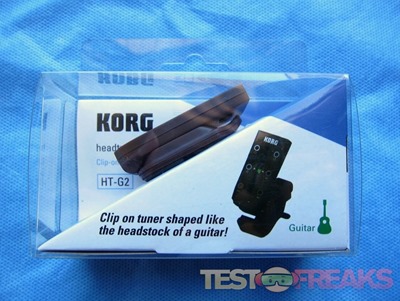
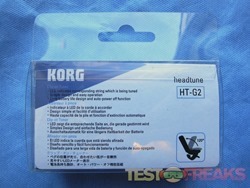
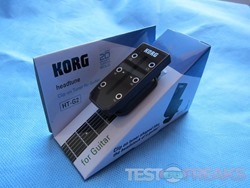
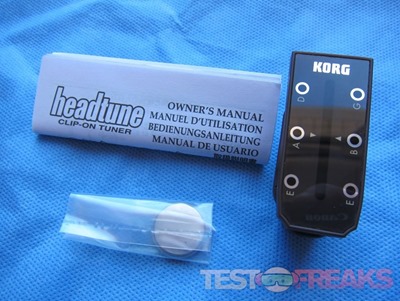
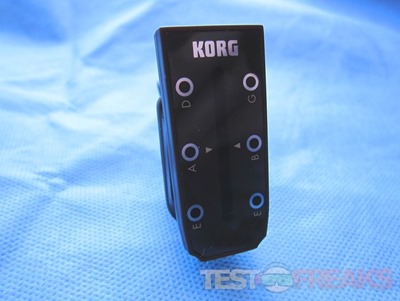
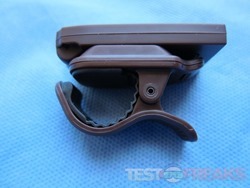
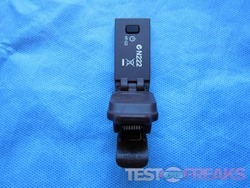
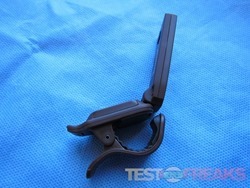
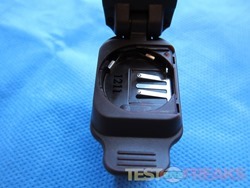
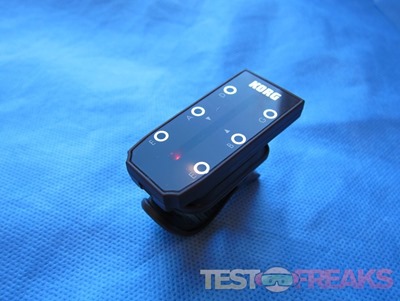
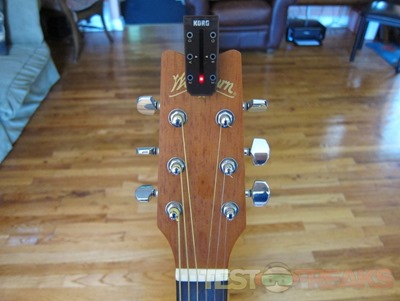
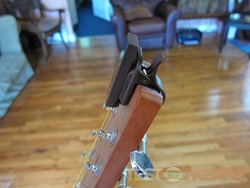
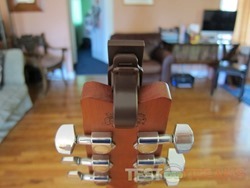
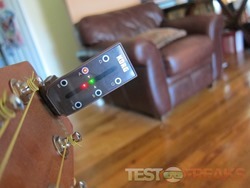
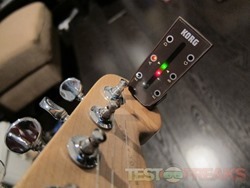


3 comments for “Review of Korg Headtune HT-G2”